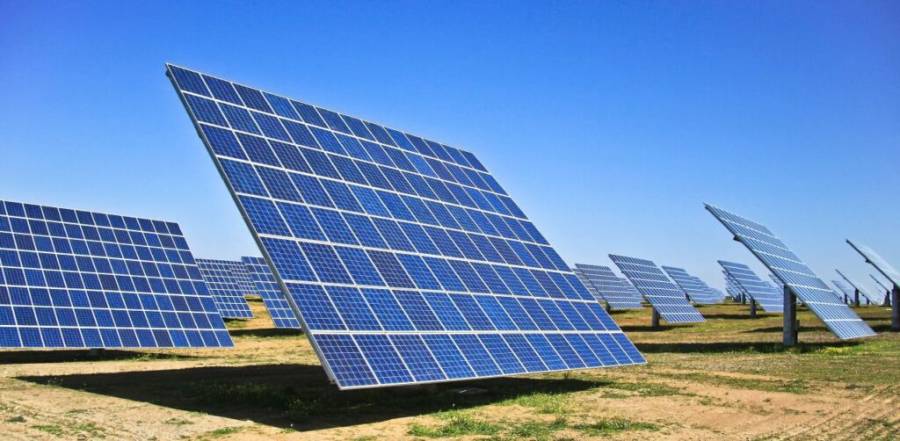
The first phase of the Caraculo Photovoltaic Power Plant project, located in province of namibe, will start operating in the first quarter of 2023, with the aim of increasing renewable energy production and reducing the energy deficit in Angola.
According to the Chairman of the Board of Directors (PCA) of Solenova Limited, manager of the project, Germano Sacavumbi, the Caraculo Photovoltaic Power Plant will allow for a reduction in diesel consumption for thermal power stations and, in particular, the reduction of carbon dioxide emissions. .
The PCA, who was speaking at a press conference to journalists in the country's capital, said that the increase in electrification and the improvement of the business environment in the southern region, through the attraction of new investments, were other advantages of Caraculo.
Germano Sacabumbi also stressed that the increase in energy capacity in Namibe, in particular, will improve the living conditions of the population, as it is one of the essential production factors for the socio-economic development of the region.
BUT: Namibe. Moçâmedes wins mobile media library
It should be noted that the Caraculo Photovoltaic Power Station is an investment that will cost around US$42 million to the coffers of the Angolan State, where the said plant is expected to have a useful life of 25 years, with the return on funding expected to be 10 years old.
The first stone was laid last May, where the management company informed that the project will employ at least 350 workers, in addition to the multiplier factor that will appear, after the conclusion of the work.
Under the management of Solenova, a joint venture between Eni and Sonangol, for the development of renewable energy projects, Caraculo appears following the signing of an Engineering, Procurement and Construction (EPC) contract between the parties involved. The Caraculo Photovoltaic Power Station is being designed for a total capacity of 50 megawatts, with a production of 25 MW expected for the first phase.







